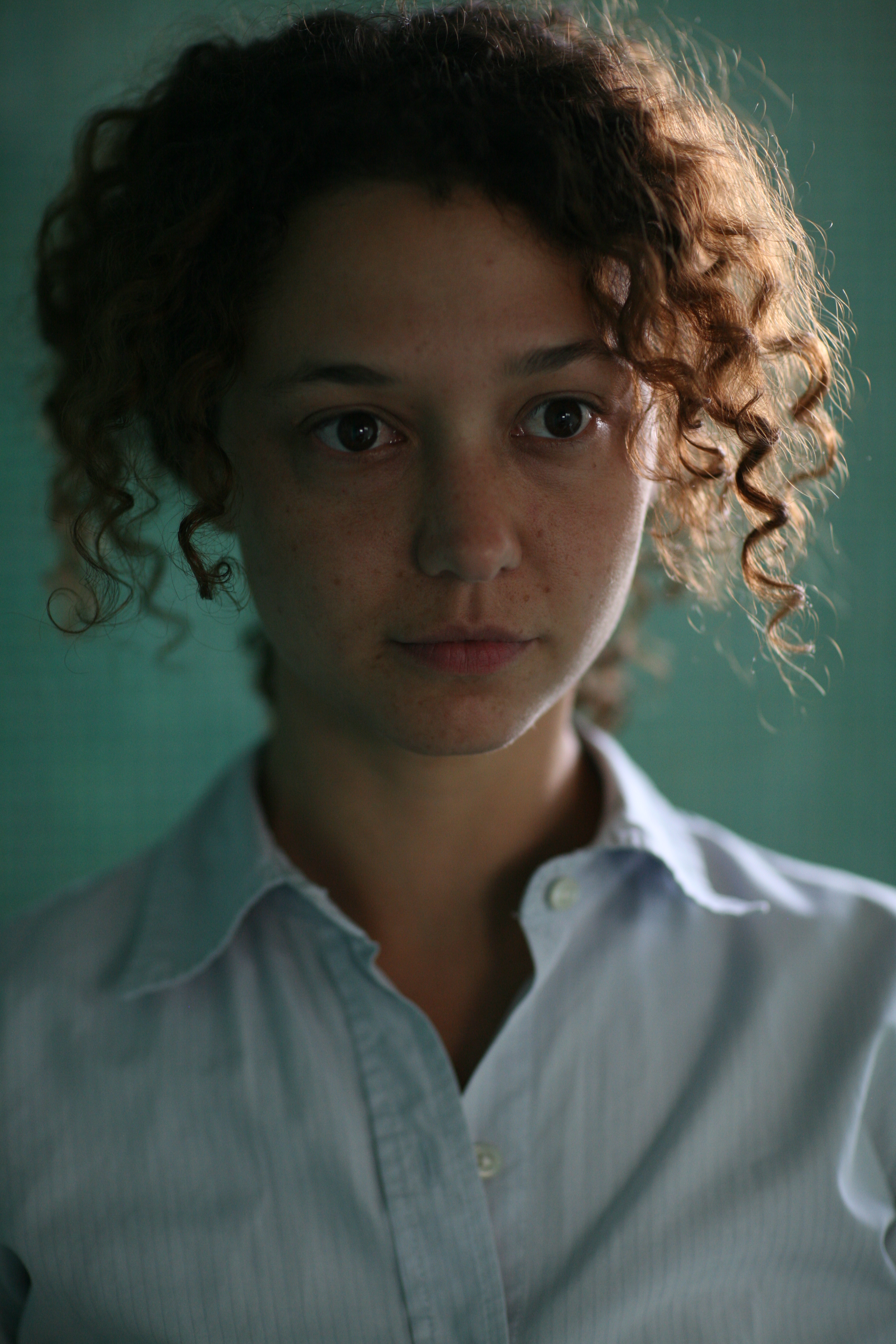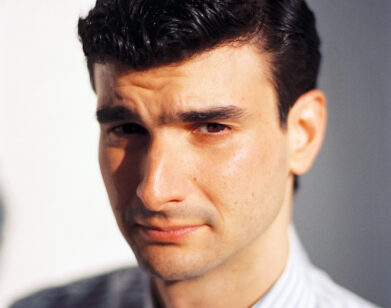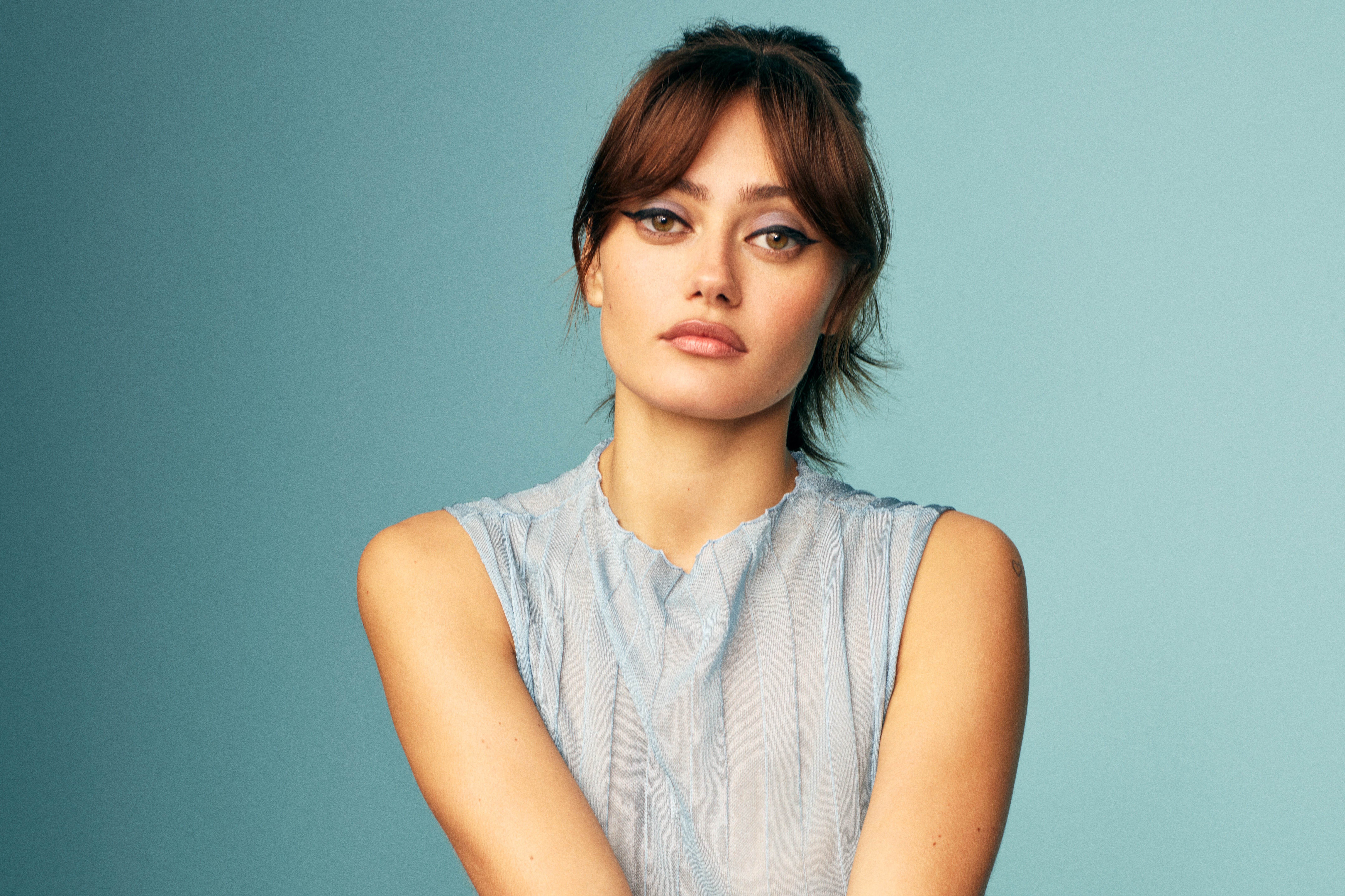Our Pick from Art Basel: Mika Rottenberg

Stills from Marilyn Minter and Mika Rottenberg’s “Fried Sweat.” Courtesy of Nicole Klagsbrun Gallery.
When Mika Rottenberg and Marilyn Minter get togther, as they did for a collaborative installation for Miami, the results are inevitably juicy. For Minter’s self-titled 2007 book, Rottenberg, the former’s former student at SVA, asked her about the relationship of her very visceral process to sweat. It was a natural question, given that Minter’s paintings include such an unmistakable sheen, and Rottenberg is most famous for her videos of obese women kneading dough and sweating: she explains, “We both have sweat in common.” The collaboration, which layers Minter’s photograph of an armpit over Rottenberg’s video and was originally exhibited at Paris’ Galerie Laurent Godin. Here Rottenberg talks us through the piece, and re-frames the video for Miami.
Alex Gartenfeld: Whose armpit is it that’s pictured?
Mika Rottenberg: Someone’s armpit, but I don’t know whose actually. Not Marilyn’s, unfortunately. Basically you hear a sound, threr’s a little arrow, and you move the photo. There’s a little hole in the wall. And you peek through the hole, and then you see the video. It’s like being stuck in someone’s armpit.
Mika Rottenberg
AG: What’s happening beyond the armpit?
MR: You move the photo and through a small hole in the wall is the video. The video is shot in a Pocono Resort, in this crazy room that I love. The resort has themed rooms, like Egyptian, Greek, and something else. I shot in the Greek room, and in this crazy room you get a champagne tower and a heart-shaped pool. Everything is inside the room.
AG: Do you get a toga?
MR: No [laughs]. And everything is kind of crappy. It’s kind of like a glorified McDonalds. Everything has a weird smell, because there’s a lot of water in the room from the pool. Everything is very cheap, and very fake. And they have fifty of the same, and they’re huge. It’s two floors, with a champagne tower, which I fell in love with, that’s seven-foot-tall cocktail glass. The water is never quite hot, and it’s not too deep so you don’t get sued. And crappy champagne.
AG: Typical of your videos, there’s a chaotic logic that’s not quite narrative.
MR: It’s an energetic connection. There’s something kind of mystical about it. It begins with Indian musicians, like from an Indian restaurant, and they sit in the champagne tower and play music. When the video starts there’s no movement, you just start from a Greek column then you hear the music and you see the musicians playing, and the camera moves back and reveals they’re sitting in a cocktail glass. And he keeps hearing this moaning like having sex. Skin and muscles that are really sweaty, and reveals a bodybuilder under the champagne tower. Sweating like crazy. Hot plate. Sweat kind fo drips and sizzles in the hot plate. She does a crazy contortion thing and then there’s a super fit body builder punching bricks, who then disappears.
AG: You use hyper-large bodies.
MR: Yes, well here’s a guy and he’s in super good shape. He’s a professional body builder. And he’s standing like the way they do on stage, and sweating. In my work, there is this kind of weird performance. He for instance has crazy control of his body, to the point that he vanishs. It’s this paradox of becoming so physical that you cross the line, and it’s a spiritual level of being in control.
AG: And it follows up on a relationship you stress between dough and flesh.
MK: They feel quite similar. We fantasize that flesh has no interior. They’re similar in coloration, and yet dough has almost no color. And you can shape it endlessly.
AG: Your work often also involves spectacular, overwrought imagery. I wonder how this works in the context of a fair for you.
MR: This piece is about the spectable. There’ s a champagne towel and musicians. Originally we really thought it would be really great for Paris because French people have this history of mixing anthropology and pornography into their fascination with other cultures. So I thought this piece was very French, because you have to touch it, and move the photograph. But in Paris we found that people really weren’t into touching the video. They were really scared to change the art—”Ouch, the art!” But in an art fair everything becomes accessible. But in an art fair, in Miami, I think it’s a totally different context. In a museum … I mean, I touch things anyway, I always wait for the guard to look away. You break it, you buy it.






